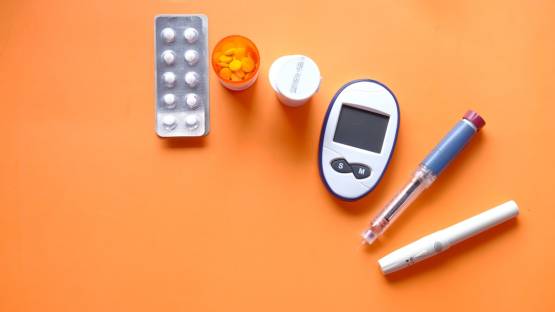537 million adults worldwide live with diabetes and the uncertainty of how it may affect them in the future. In 2021 alone, diabetes and its complications caused 6.7 million deaths, making it one of the leading causes of morbidity worldwide. The complications range from kidney failure, heart attacks, blindness, stroke to lower limb amputation. These complications can be diagnosed early, and in many cases prevented, with the use of nuclear imaging. This year, World Diabetes Day focuses on the uneven access to diabetes care around the world. The IAEA works to bridge the access gap in nuclear medicine and provide low- and middle-income countries with equipment and know-how.
“Nuclear techniques have a vital role to play as they can help detect and therefore help prevent complications of diabetes, reduce death and increase the quality of life for diabetic patients on a global scale,” said Enrique Estrada-Lobato, a nuclear medicine physician at the IAEA.
There are two major types of diabetes. Type 1 in which there is a lack of insulin production and type 2, which is more common, in which the body’s ineffective use of insulin – a hormone which regulates the metabolism of carbohydrates, fats and protein — leading to high sugar levels. While the causes and risk factors for type 1 diabetes are unknown and prevention strategies have not yet been successful, type 2 diabetes is preventable.
Currently, there are 41 national and 8 regional IAEA projects to establish and strengthen the practice of nuclear medicine, including applications devoted to evaluating the complications of diabetic patients around the world. Through technical cooperation programmes, coordinated research activities, publications and educational activities — such as eLearning modules, recorded seminars, and training courses through the human health campus — the IAEA is supporting countries in using medical imaging effectively to early diagnose and improve care and survival rates.





